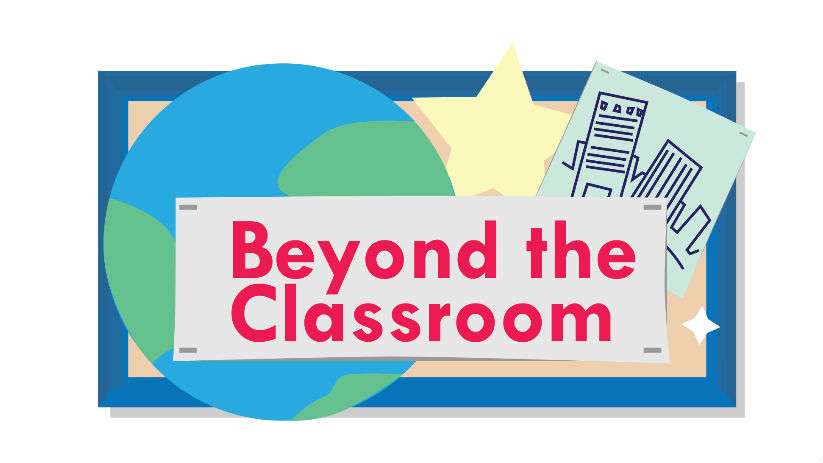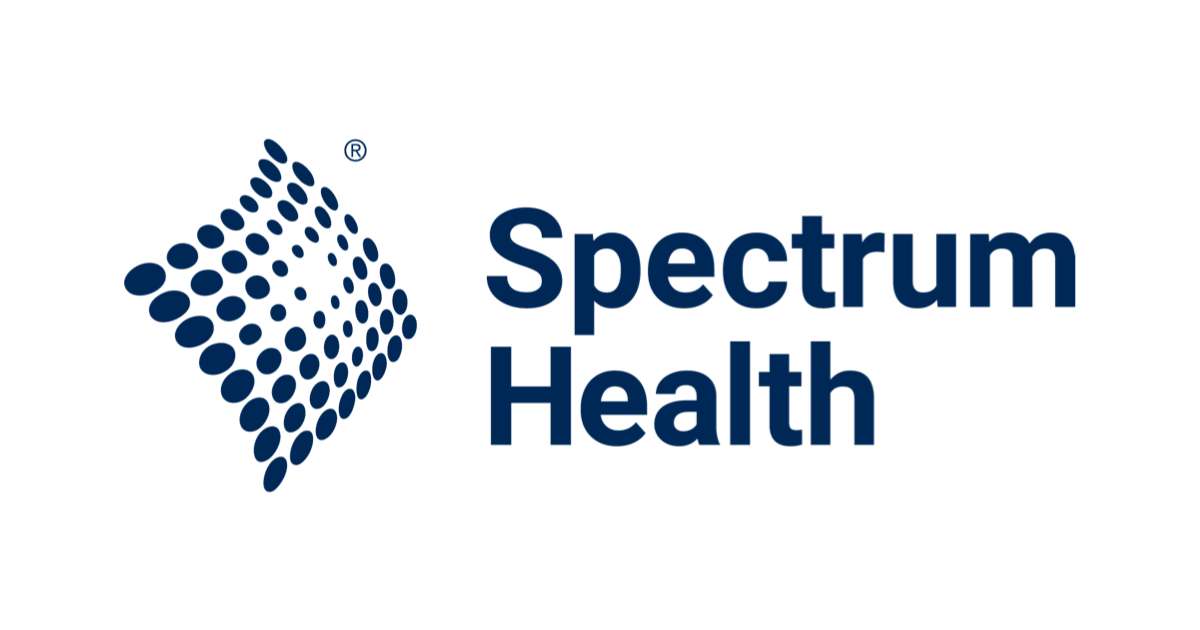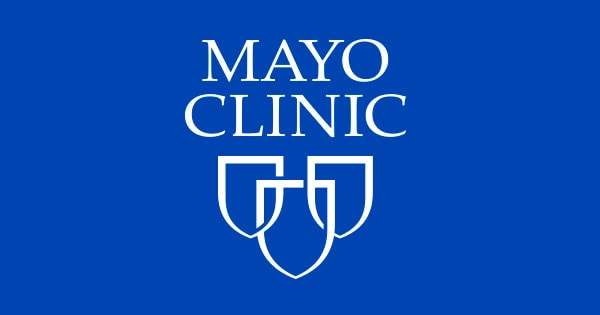The transition from being a student to being part of the working class could be a challenge to new graduates. This is why on-the-job trainings and immersions are provided by educational institutions to help prepare students explore their chosen careers and acquire 21st-century skills.
What is work immersion?
Immersions prepare students for the real world by training them how to work in a company and eventually excel in a specific career. The school needs to ensure that its students gain various competencies that would have these future professionals ready for employment.
What are the benefits of immersion in preparing students for employment?
It improves and builds new skills. Immersions will have students gain new skill sets and improve their existing capabilities. It is also through immersion that students get to discover themselves and jumpstart their professional growth.
Students become good team players. A person who works well with others can go places. Students who know this early on are better able to improve their communication skills and can be an asset to the team in building projects.
Students become financially aware at an early age. By being exposed to the daily operations of a real work environment, students learn how to think like an adult, manage their finances effectively, and be exposed to acquiring other related skills such as budgeting and marketing.
Students become goal-driven. Students have goals. Immersion trains them how to achieve these goals by giving them an opportunity to work with and be supervised by professionals and highly creative people. These people can inspire students to discover their capabilities.
Victory Christian International School (VCIS) and its Immersion Program
It is the duty of parents and educators to ensure that students are equipped with the skills needed to have them serving in the 21st-century workforce. Victory Christian International School (VCIS) in the Philippines advocates this feat through their immersion program. This program provides VCIS graduating high school learners an opportunity to work in their field of choice. Other learners in Victory Christian International School are also given career counseling to help them plan for and choose the right course in college.
Preparing students with disabilities to become successful workers requires hands-on experiences beyond what is offered in a traditional school setting.
Supports are provided to students through job training services. In addition, IU13 offers a variety of transition supports and resources for families and schools.
Work Immersion Programs
IU13’s Work Immersion Programs focus on helping young adults with disabilities make a successful transition from school to productive adult life. This unique one-year immersion program serves students with disabilities who are in their last year of high school. With the goal of competitive employment, each student receives classroom instruction and hands-on experience through internships. Through their work immersion experiences, students also develop employability, social, and independent living skills.
Learn more about these work immersion opportunities for students:
- Masonic Village Work Immersion Program – partnering with Masonic Village at Elizabethtown – view program brochure here
- Willow Valley Work Immersion Program – partnering with Willow Valley Communities – view program brochure here
- Project SEARCH Lancaster – partnering with Lancaster General Health – view program brochure here and learn more through the video below
- Moravian Manor Work Immersion Program – partnering with Moravian Manor Communities – view program brochure here
- Materials Handling & Logistics Transition Program – partnering with Lancaster County Career and Technology Center (LCCTC). Among the valuable independent living and employability skills to ensure successful transitions, students receive forklift training and certification, OSHA certification, and CPR/First Aid certification. View program brochure here, and learn more through the video below:
School to Work
The School-to-Work (STW) program provides community-based training in real work settings. The program, which is available for high school students with disabilities, is designed to help students learn self-determination and functional academics, and to establish linkages to adult service agencies. View program brochure here.
Nursing practice immersion is an individualized course of study that a student creates and implements in an actual workspace.
At Capella University, students in the Master of Science in Nursing (MSN) and Doctor of Nursing Practice (DNP) programs are required to participate in practice immersion. They spend hundreds of supervised hours in a real-world work environment researching and solving actual health care challenges in their area of interest.
John Schmidt, DNP, RN and Marylee Bressie, DNP, RN, CCRN-K, CCNS, CEN, both core faculty members in Capella’s School of Nursing and Health Sciences, offer insight about practice immersion and why it’s valuable.
How does practice immersion work?
Students identify areas of interest during coursework and design their immersion experience based on their interest. “Through their instructional courses, they’ll develop that passion into a clinical question that can be researched,” Schmidt says. “In the immersion, they’ll study that question and make recommendations for change.”
Students will research not only the topic of interest, but also where best to apply that hands-on research. They may seek out a previous employer or someplace they’d like to work in the future. “This gives them the opportunity to go to meetings they’d normally not be invited to, like budget, staffing, literature review—the sorts of meetings that will help them learn different aspects of the nursing field,” Bressie says.
Practice immersion is not done in a vacuum. Students will have mentors to guide and advise them through the process, and to answer questions and provide feedback.
Why is practice immersion valuable?
Coursework can provide a thorough foundation of knowledge and theory, but some of the best learning can take place in the workplace itself, especially when other people—employees and/or patients—are involved. “Immersion offers the online student an important chance for hands-on education,” Bressie says.
Schmidt agrees: “Immersion reveals to students the real-life purpose of what these degrees are all about. Admittedly, the nursing profession has evolved into more of a science, and we need to know the scientific underpinnings for what we do. Yet, the real world is always different than the didactic world, which tends to be more black and white. Students go into immersion without a full understanding of how health care really works, and it’s where they fill in those gaps.”
Because immersion marries theory and knowledge to real-life practice, it also provides tremendous credibility with future employers, Schmidt says. “In the DNP, all candidates create publishable manuscripts for a nursing journal based on their experience.”
What students say about practice immersion
Denise Shelmerdine, MSN candidate
“The practice immersion course has been a vital component of my graduate education. I liked being able to tailor my education to fit the needs of my chosen career path.
“My advice for future students is to take a proactive and organized approach to this class. Choosing the right preceptor is key and you may want to consider someone you can continue to use as a lifelong mentor.
“Also, I think it’s helpful to consider the goals you want to accomplish (working on areas of personal weakness) prior to starting the class. From the start, lay out what you’ll need to accomplish each week. One hundred hours is a lot of time when you work full-time and have a family (or whatever keeps your individual life busy). Being proactive and organized helped me fulfill all the requirements and meet my goals.”
Minnie Davis, DNP candidate
“I was concerned that, without a DNP, job opportunities might become scarce in the future. I have never considered myself a scholar and was extremely nervous about undertaking a doctorate program. Capella’s practice immersion requirement allowed me to pursue this goal while continuing my bent toward clinical practice.
“This is not to say that it’s been easy, quite the contrary. I could not have imagined the hours and work involved in my immersion project. In the end though, it had just enough flexibility that I managed to accomplish the goal while still balancing the many other aspects of my life.
“The importance of knowing what goes into a research project and how it is accomplished cannot be overstated even for, and perhaps especially for, the nurse practitioner who plans a clinical career. I know that I will never look at a journal article or research study in the same way again, and that has thoroughly enriched my understanding of the medical field and the foundation of medical research on which it is built.”
Learn more about Capella’s Doctor of Nursing Practice and Master of Science in Nursing programs.
Language as a medium in education
Does it work?
Case Study: The Bilingual Stream – preparing the children for the world of tomorrow: The positive impact this approach is having on children and how learning another language is enhancing and enriching the school’s curriculum.
20 years of Spanish immersion make Lawrence Township a model for Indiana: A recently passed bill encouraging more dual-language study could mean more students learning in both English and a new language. “When they arrive here we can see huge changes in the language,” Fall Creek Valley Middle School language arts teacher Gema Camarasa said. “From seventh grade first day to the end of eighth grade, those two years, if they really work as we tell them to do, day by day, the language speeds up.”
Bilingual Learning: The science, options, and dilemma of dual language education.
Dual language immersion programs have increased five-fold since the early 1990s in California; more than 300 schools in the state now have programs in languages that include Spanish, Armenian, German, Italian, French, Mandarin, Cantonese, Korean and Japanese: The programs typically start in kindergarten, with native-speaker and non-native speaker children combined in one classroom. Some immigrant parents see these programs as a way to pass along not just language, but also culture, traditions, and what can best be described as a special way of relating that can be lost in translation.
What the research says about immersion: This research looks at the benefits of language immersion education, such as academic achievement, language and literacy development in two or more languages, and cognitive skills; and also exposes some of the challenges that accompany the immersion model, with its multilayered agenda of language, literacy and intercultural skills development during subject matter learning.
“There is research that children who learn or acquire two languages simultaneously, that their brains are stretched in the process and they are actually better equipped in other cognitive areas because of acquiring two languages,” says Johanna Watzinger-Tharp, Associate Dean for International and Interdisciplinary Programs at the University of Utah.
Dual immersion students are scoring higher than their mono language peers in every subject. State Sen. Howard Stephenson, who championed the legislation that started dual immersion in Utah, says “brain researchers are looking into that wondering what is going on… The students brains are more activated.” Young dual-immersion students create a more elastic brain, making even math and science easier to learn.
The proven benefits of dual language immersion, according to the Utah State Office of Education:
- Second language skills: students achieve high proficiency in the immersion language.
- Improved performance on standardized tests: immersion students perform as well as or better than non-immersion students on standardized tests of English and math administered in English.
- Enhanced cognitive skills: immersion students typically develop greater cognitive flexibility, demonstrating increased attention control, better memory, and superior problem solving skills as well as an enhanced understanding of their primary language.
- Increased cultural sensitivity: immersion students are more aware of and show more positive attitudes towards other cultures and an appreciation of other people.
- Long term benefits: immersion students are better prepared for the global community and job markets where a second language is an asset.
Joining the global conversation: Multilingual education is not just good for job prospects – it can also make young people better learners across the curriculum. But those who miss out may be left at a great disadvantage, even if they are native English speakers.
According to the American Council on the Teaching of Foreign Languages: research suggests that language learning is beneficial to both monolingual English and English language learners in bilingual and two-way immersion programs.
Could the UK develop a craze for bilingual learning? A recent Times article features the CLIL initiative at Bohunt School in Hampshire, where each immersion class (one group per year) learns one third of the curriculum through French or Spanish. Chinese is being introduced in addition for the new Year 7 cohort next term, each year’s immersion class learning one of the three languages. The immersion programme runs for five consecutive years and pupils take GCSE languages in Year 9 and A level languages in Year 11. A wide range of subjects are involved, with different subjects chosen for each language according to teachers’ subject and language skills. As has been shown in other UK schools, the ‘immersion’ pupils achieve better results in all subjects whether or not they have learned it through the target language. The article also refers to an ‘explosion of interest’ for immersion learning in the United States, based on research evidence that the pupils achieve higher levels of cognition. So far the trend has led to a thousand US schools introducing bilingual education, in most cases teaching 50% of the curriculum through the target language.
Coast immersion stands up to the test: Students in the Chinese immersion program at Varsity College in the Gold Coast, Queensland, Australia, are outperforming English-speaking classes in national literacy and numeracy tests.
Children in Milwaukee learn through Spanish immersion: The children come from English-speaking backgrounds and learn to function in Spanish throughout the school day. A great film with comments from the teachers and children which reflect similar comments made by teachers and pupils involved in CLIL/immersion initiatives in the UK.
Foreign language immersion is on the curriculum for pioneering schools: Students taking part in bilingual programmes do better across the board: “after two years in the Spanish immersion programme, the Year 8 pupils are performing a year and a half ahead of their peers in Spanish… But they are also performing a year ahead of their peers in English and maths. Making things harder for the children and the teachers seems to make other things easier.”
Teaching Non-Language Courses in a Foreign Language Improves Language Learning, Research Suggests: Students who in addition to their traditional German language courses are taught other courses in German end up with both a stronger vocabulary and a better communicative ability, according to a new doctoral thesis in German from the University of Gothenburg.
Email us your additions to this page.




